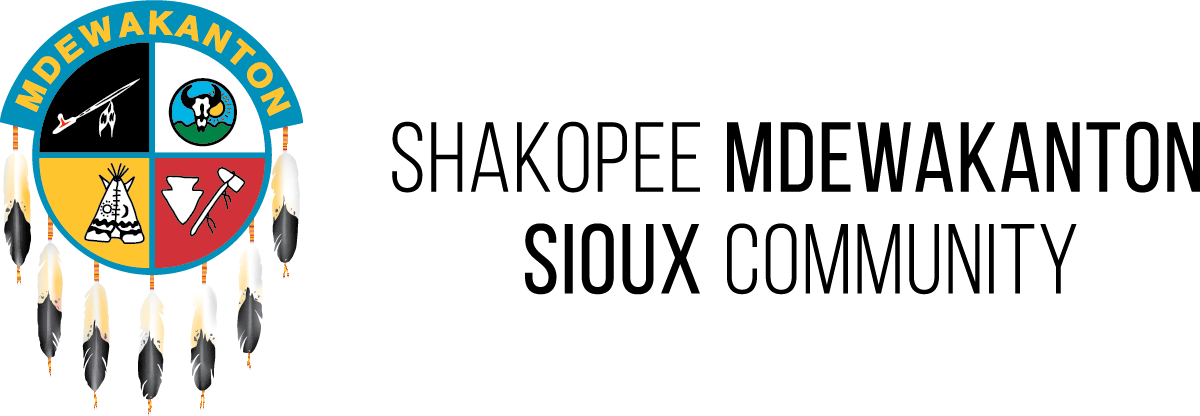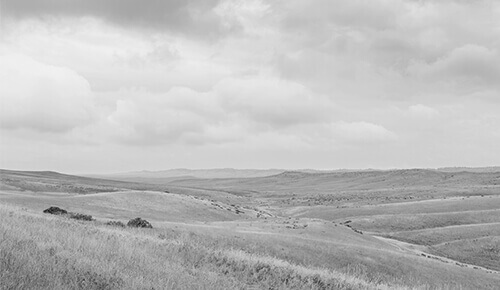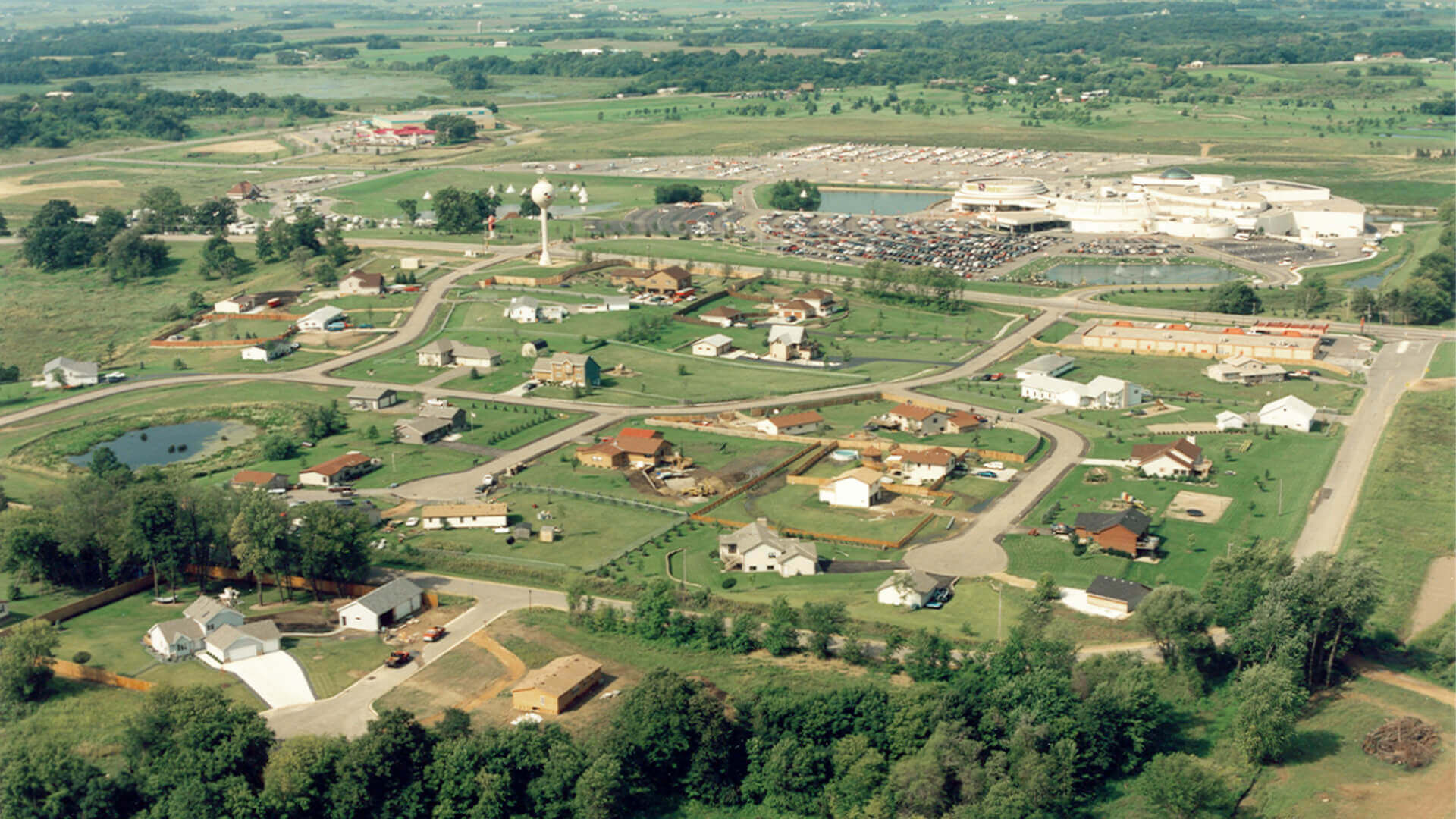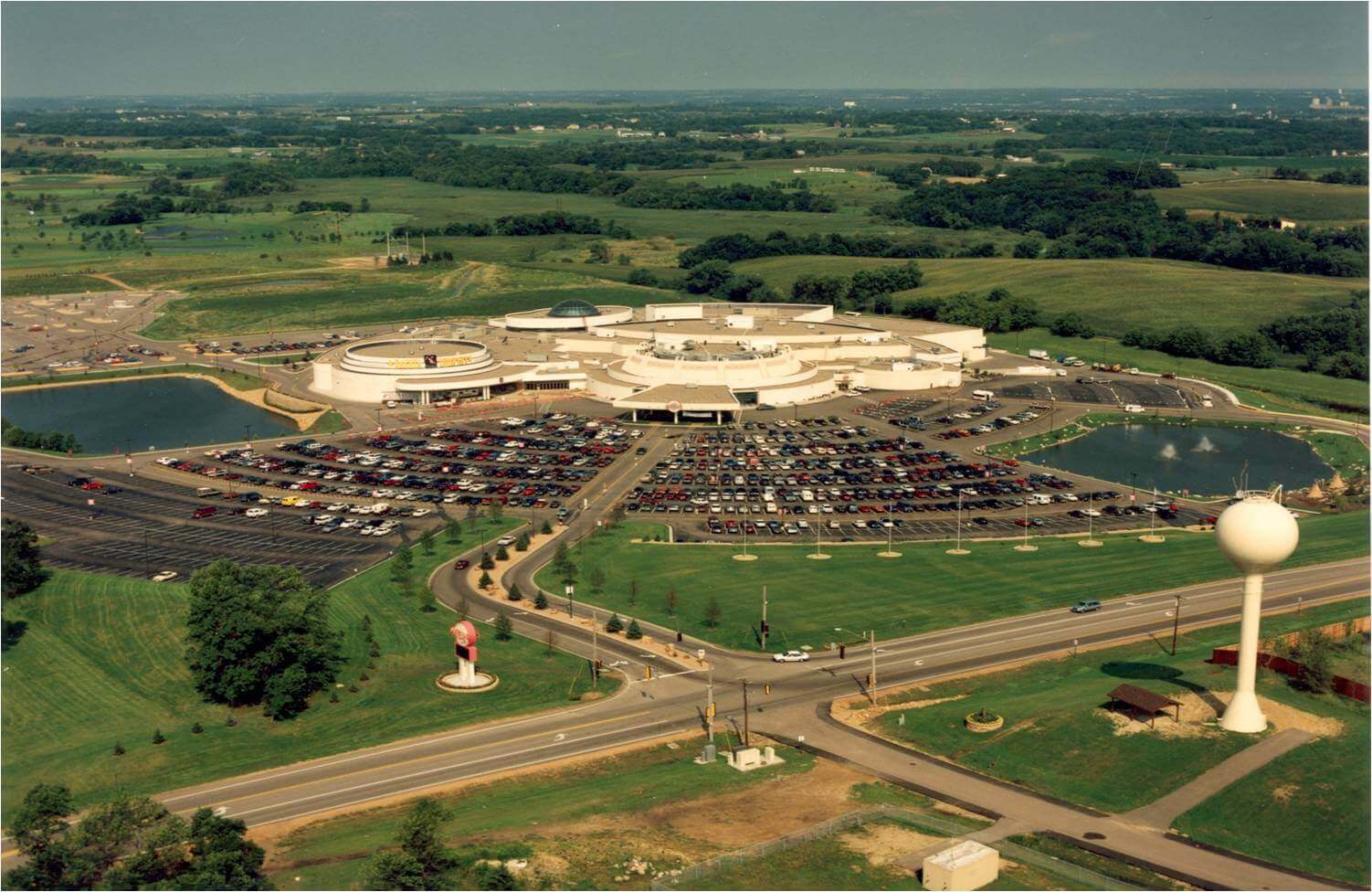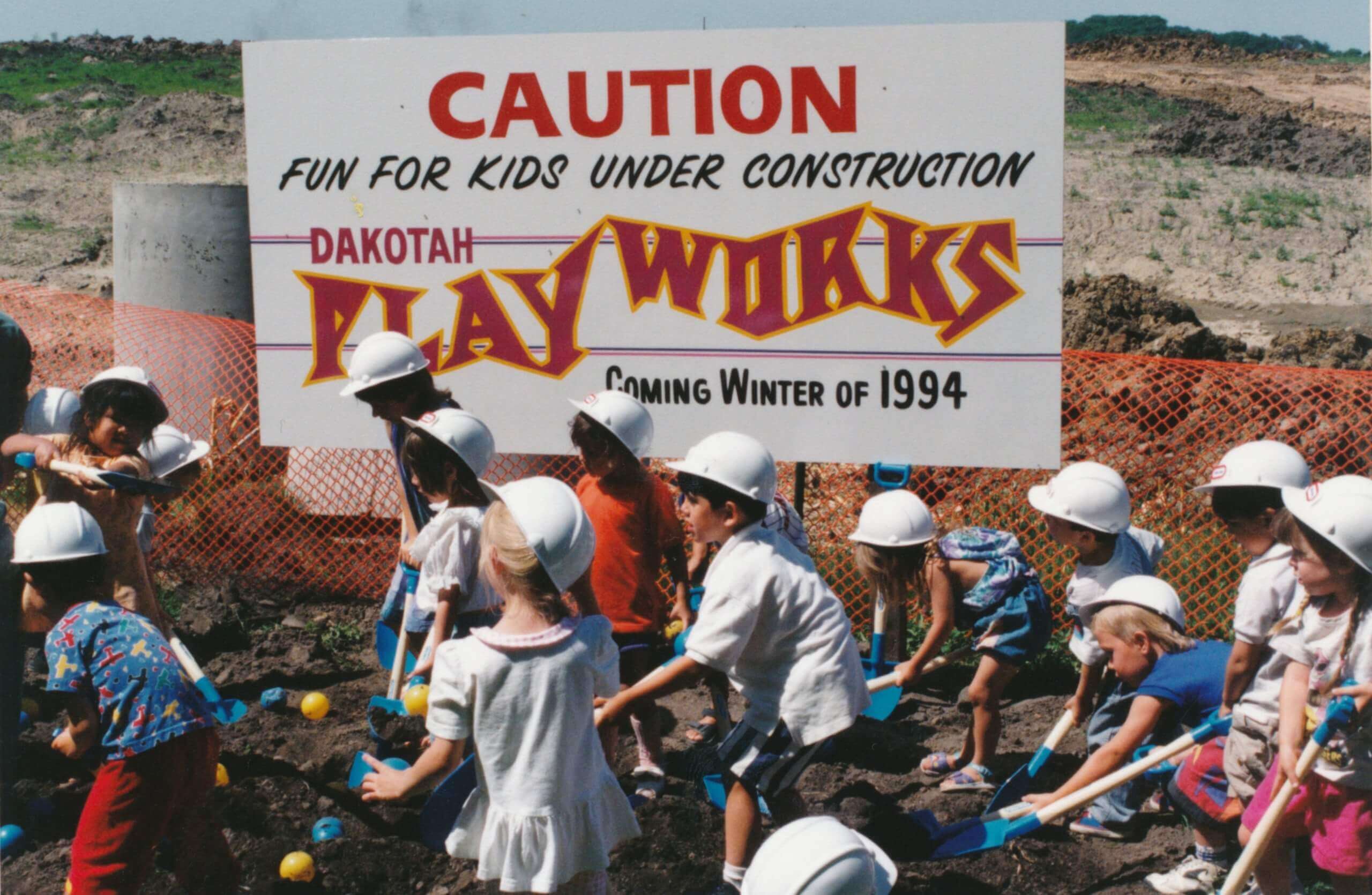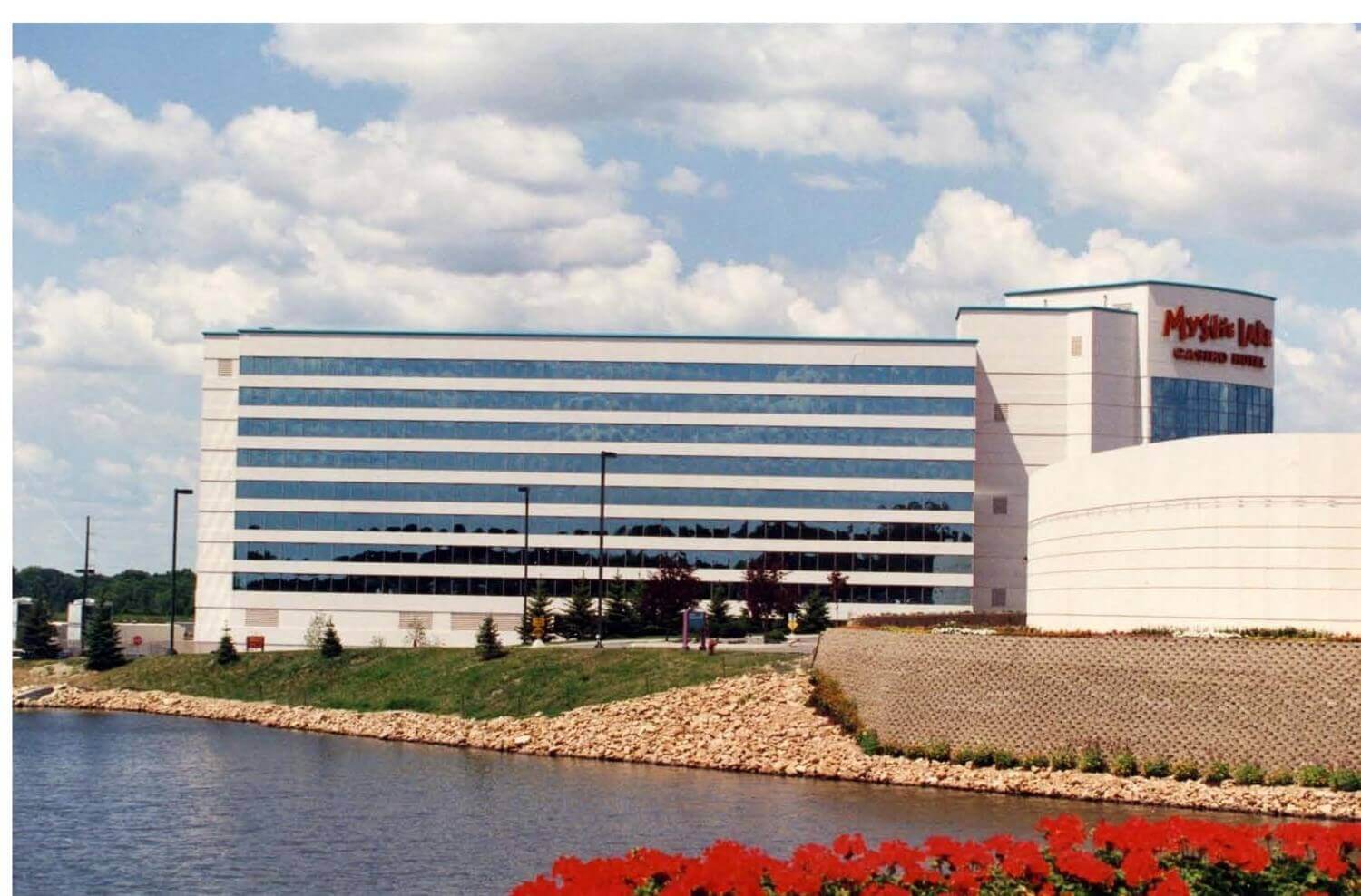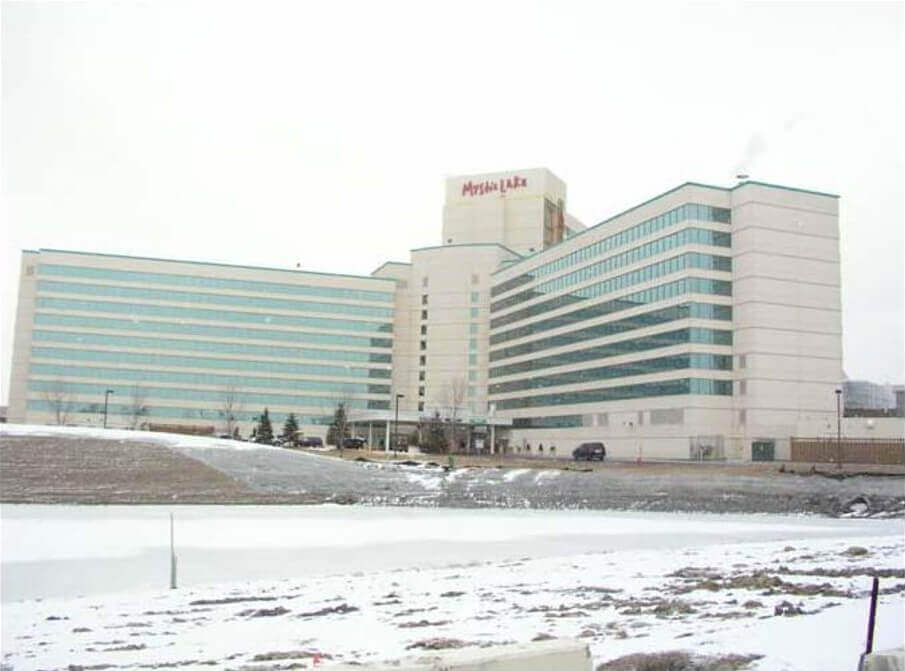Colonial Period
Pre-1640s

Dakota people lived in the Minnesota River Valley; fishing from rivers, and hunting game on the prairies and in in the river valley woodlands.
1780
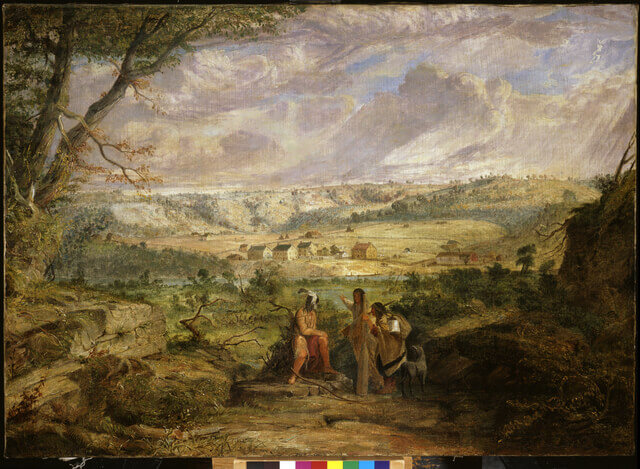
French and English soldiers and officials began to exchange “gifts” of weapons and ammunition with Dakota tribes, in return for promises of friendship and military alliance.
Early 1800s
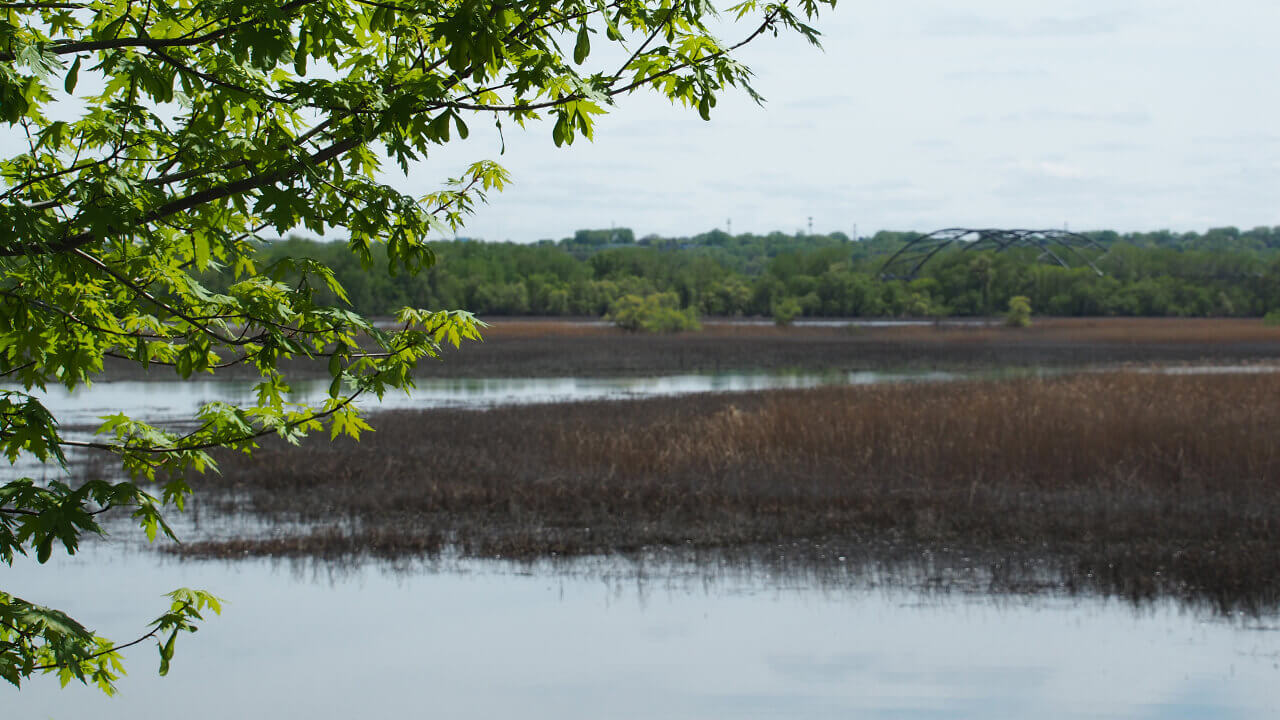
Along the banks of the lower Minnesota River, Dakota leaders—including Ṡákpe (The Six), Mazamani (Iron Walker), and Wambditanka (Big Eagle)—maintained villages known to settlers.
Removal
1805
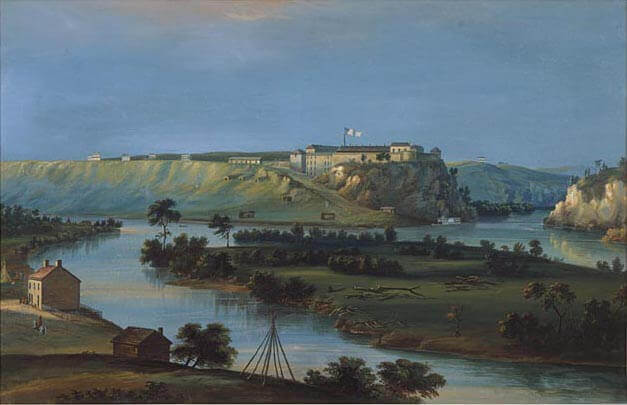
Sometimes referred to as Pike’s Purchase, U.S. Army Lt. Zebulon Pike negotiated the Treaty of 1805, an agreement so the U.S. government could build a military fort. The Mdewakanton ceded approximately 155,000 acres of land to the U.S. at the confluence of the Mississippi and Minnesota rivers.
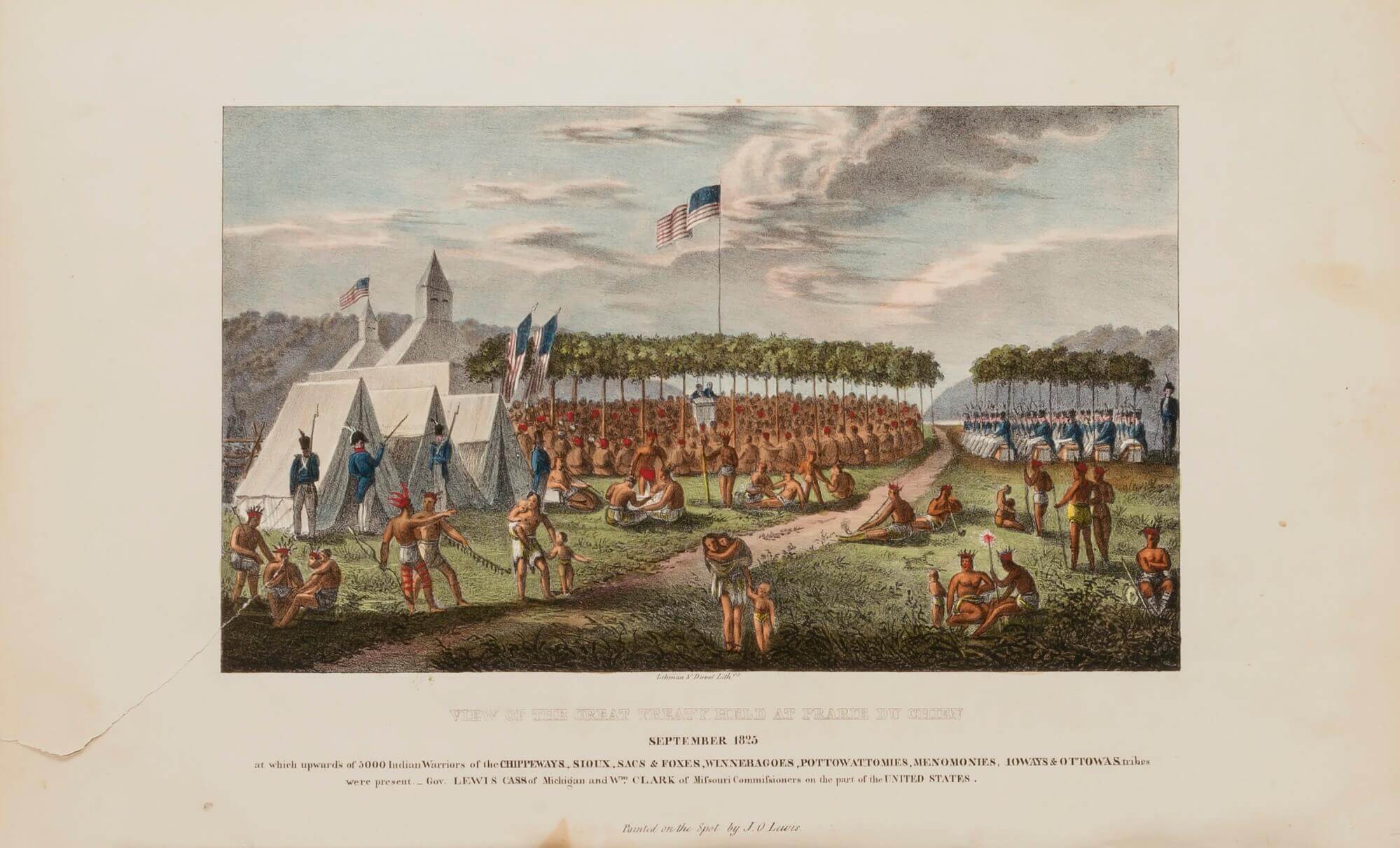
In 1825, the U.S. government arranged the Prairie du Chien Treaty, setting boundaries of tribal land between many tribes including Dakota, Ojibwe, Sauk and Meskwaki, Menominee, Iowa, Ho-Chunk, Odawa, Potawatomi, and other smaller groups. As a result of the boundaries, the Dakota people were forced to become more permanently settled in the Minnesota River Valley. Spurred by increasing hunting scarcity, fur trading, and hunting restrictions, the Mdewakanton band began ceding away their territory east of the Mississippi River in exchange for annuities to help settle their debts to the U.S. government and promises of goods and education to help maintain a self-sufficient lifestyle.
1837
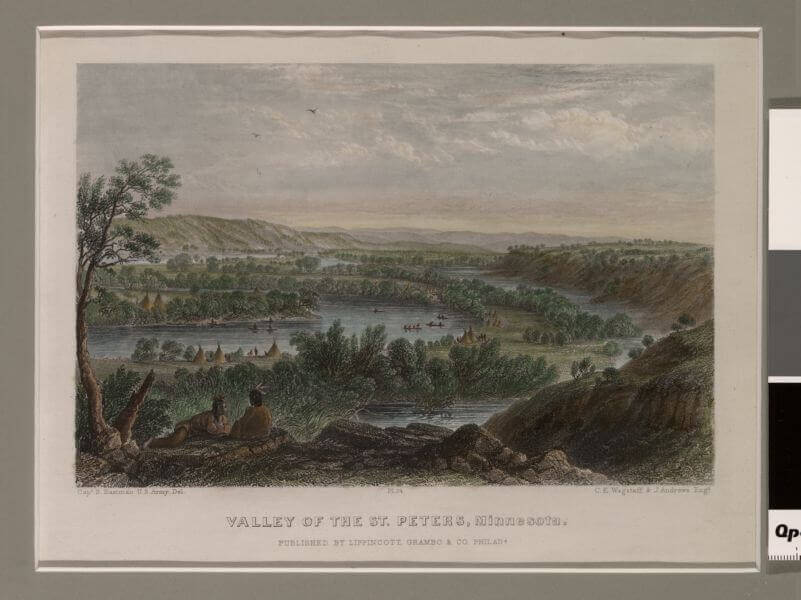
In the Treaty of 1837, Mdewakanton leaders sold approximately 5 million acres of land east of the Mississippi River to the U.S. government. The Dakota people were promised annuity payments and other services for 20 years.
Reservation Era
1849
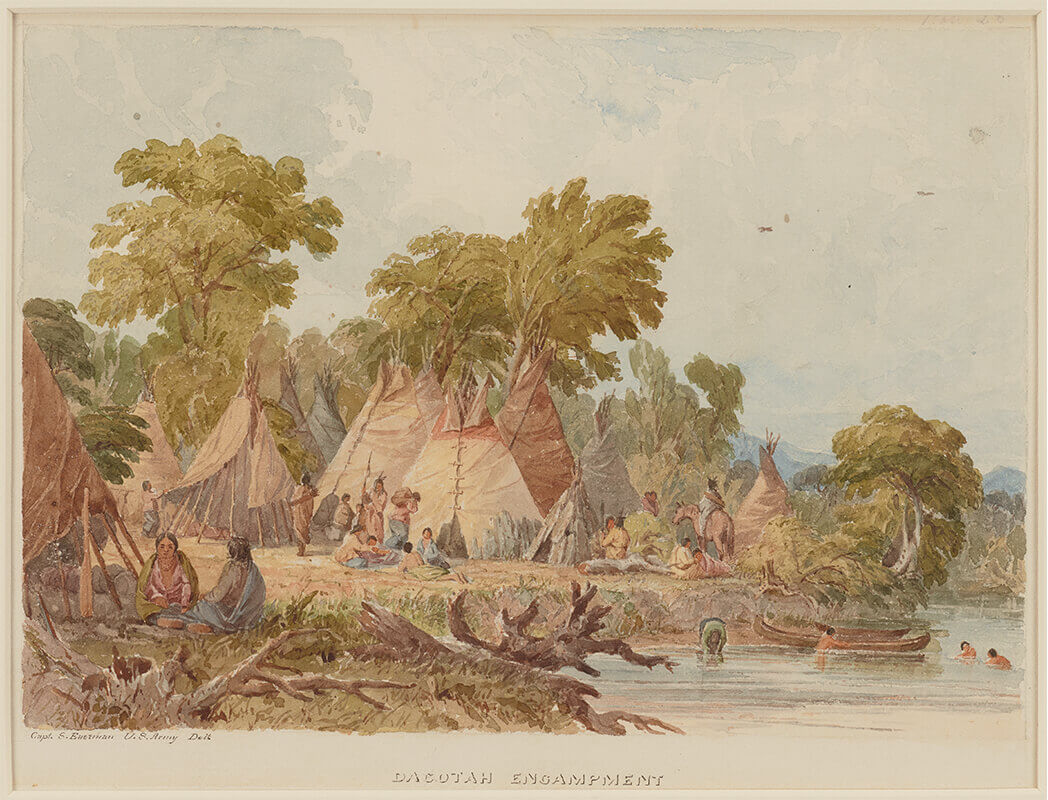
The Minnesota Territory was legally established on March 3, 1849.
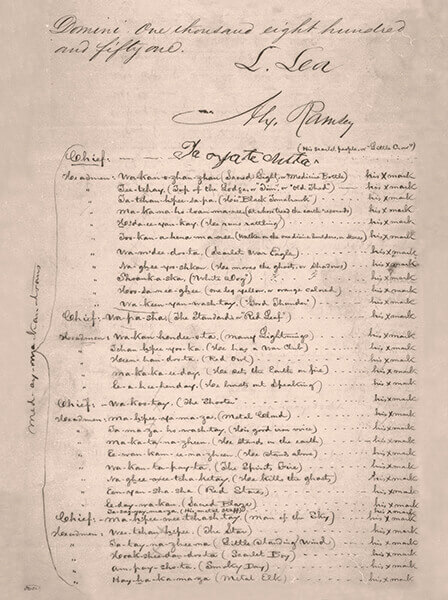
Two treaties in 1851—Traverse des Sioux and Mendota—resulted in the Sisseton, Wahpeton, Mdewakanton, and Wahpekute bands of Dakota ceding their rights to all of their lands, over 30 million acres, in the Minnesota Territory and Iowa in exchange for money and a permanent reservation on the Minnesota River.
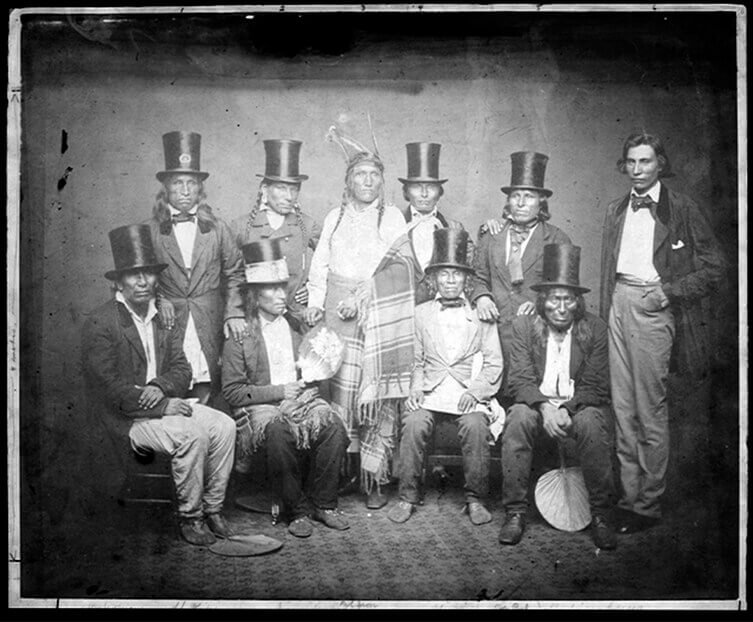
Minnesota became a state on May 11, 1858. On June 19, 1858, the Mdewakanton and Wahpekute ceded their land on the northside of the Minnesota River in the Treaty of 1858. The treaty was ratified on March 9, 1859. See treaty with the Sioux
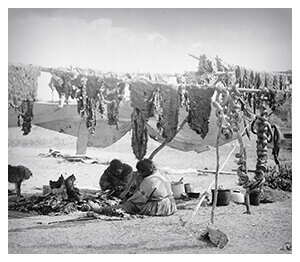
No annuity payments were made to the Mdewakanton, an indication of clear breaches of treaty rights.
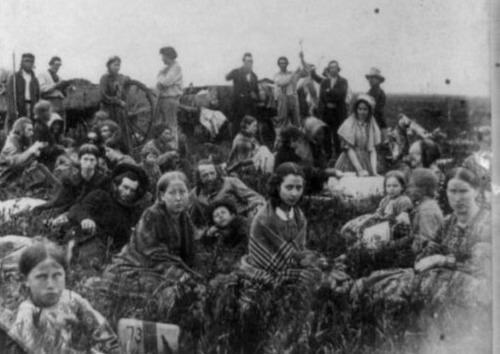
Several Dakota warriors attempted to restore tribal unity by requesting tribes to join them in an uprising against the United States. The largest mass execution in U.S. history occurs in Mankato, Minnesota. 38 Dakota are hanged for their participation in the Dakota Uprising.

After the U.S.-Dakota War of 1862, almost all of the Mdewakanton were forcibly removed from Minnesota. Most moved to South Dakota, Nebraska, and Canada. Congress abrogated all treaties with the Dakota.
1865
Two Dakota leaders, Ṡákpedaŋ and Medicine Bottle, were hung at Fort Snelling on November 11, 1865. These men were put to death by the federal government for their involvement in the U.S.-Dakota War.
Allotment & Assimilation
1880s
A small number of Mdewakanton were allowed to stay in Minnesota, and the U.S. Congress appropriated money throughout the 1880s to provide them with land. These Acts of Congress led to the formation of the current Mdewakanton tribal governments.
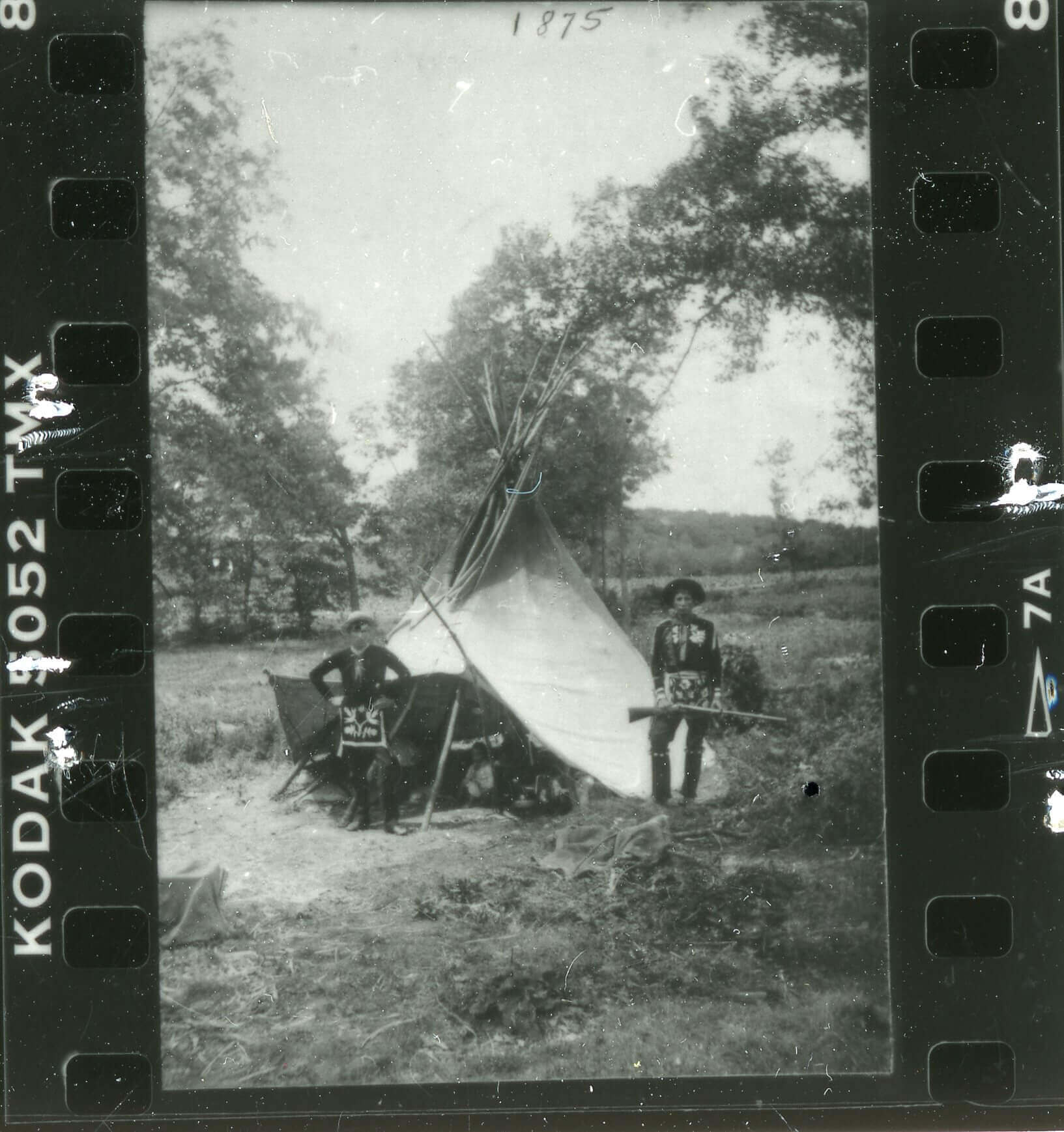
The U.S. government purchased land for the Mdewakanton, including parcels in the Prior Lake area.
1889
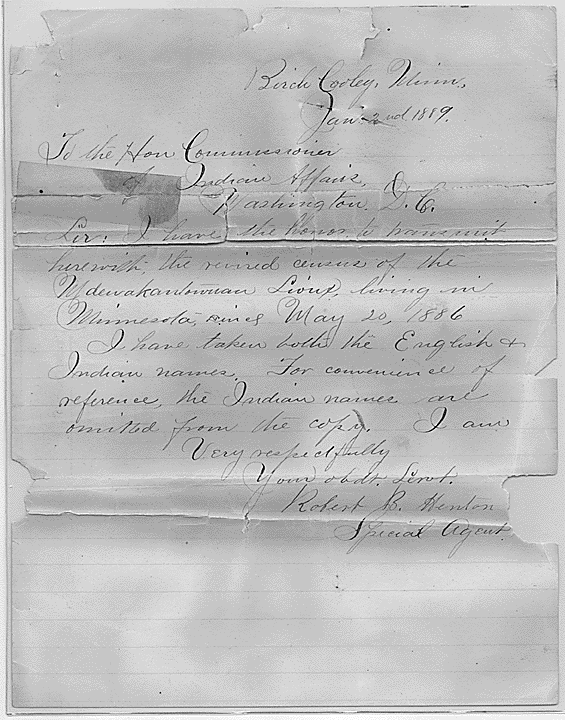
A census of the “Mdewakanton Sioux” in Minnesota was compiled by the U.S. government.
Self-Determination
1963
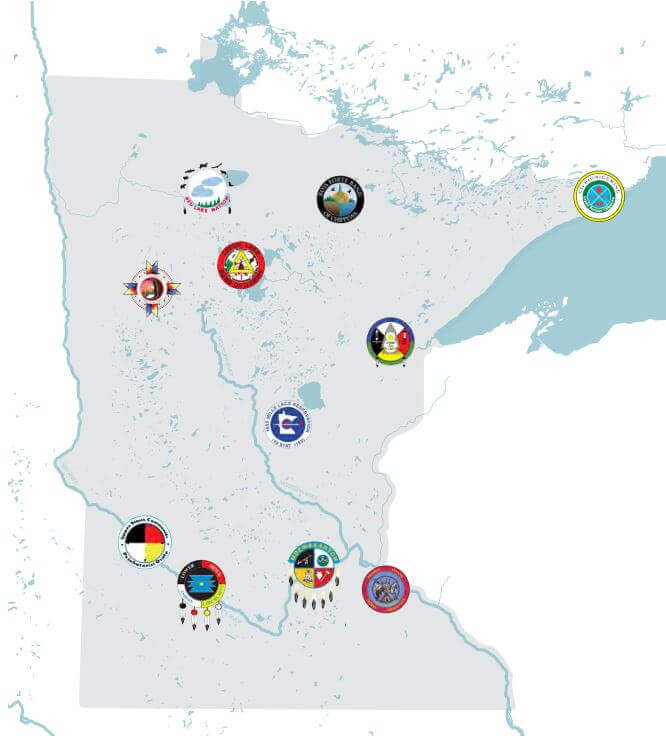
The Minnesota Indian Affairs Council (MIAC) was established to protect the sovereignty of the 11 Minnesota tribes and ensure the well-being of all Native Americans in the state of Minnesota.
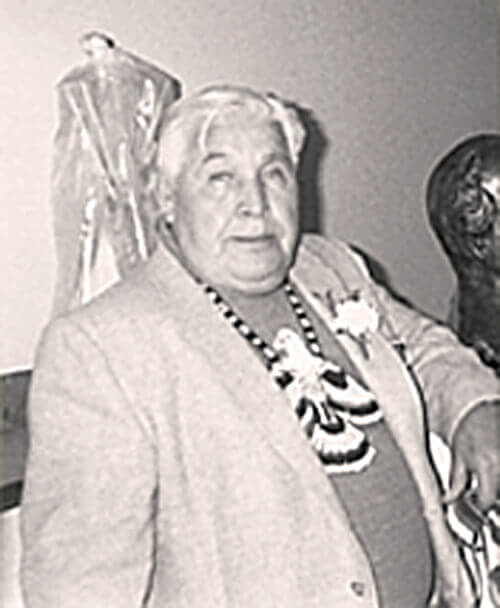
On November 28, 1969, the Shakopee Mdewakanton Sioux Community formally became a federally recognized Indian tribe, pursuant to the Indian Reorganization Act, with 13 adult voting members and 20 minor members. Norman M. Crooks was elected as the first Chairman.
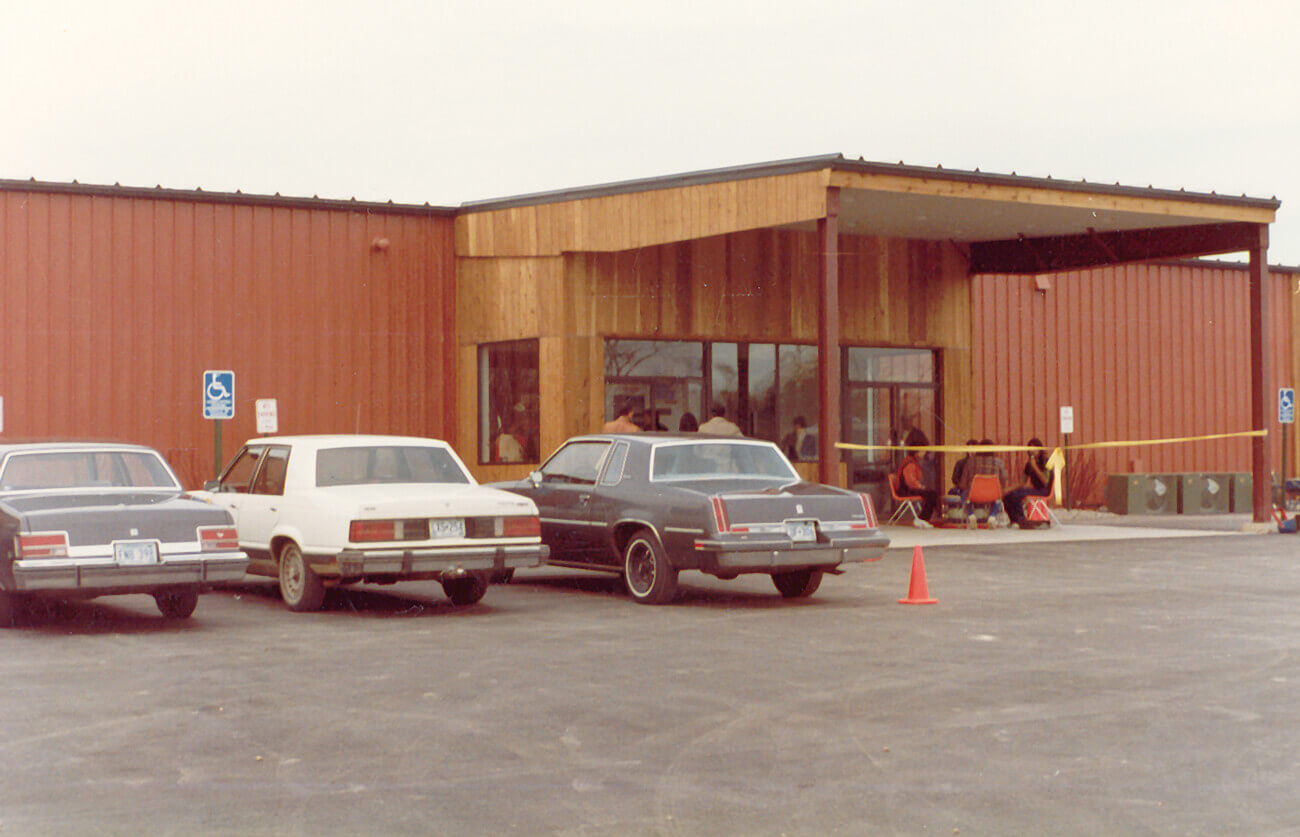
On October 16, 1982, the Little Six Bingo Palace opened under the leadership of Chairman Norman M. Crooks.
1983
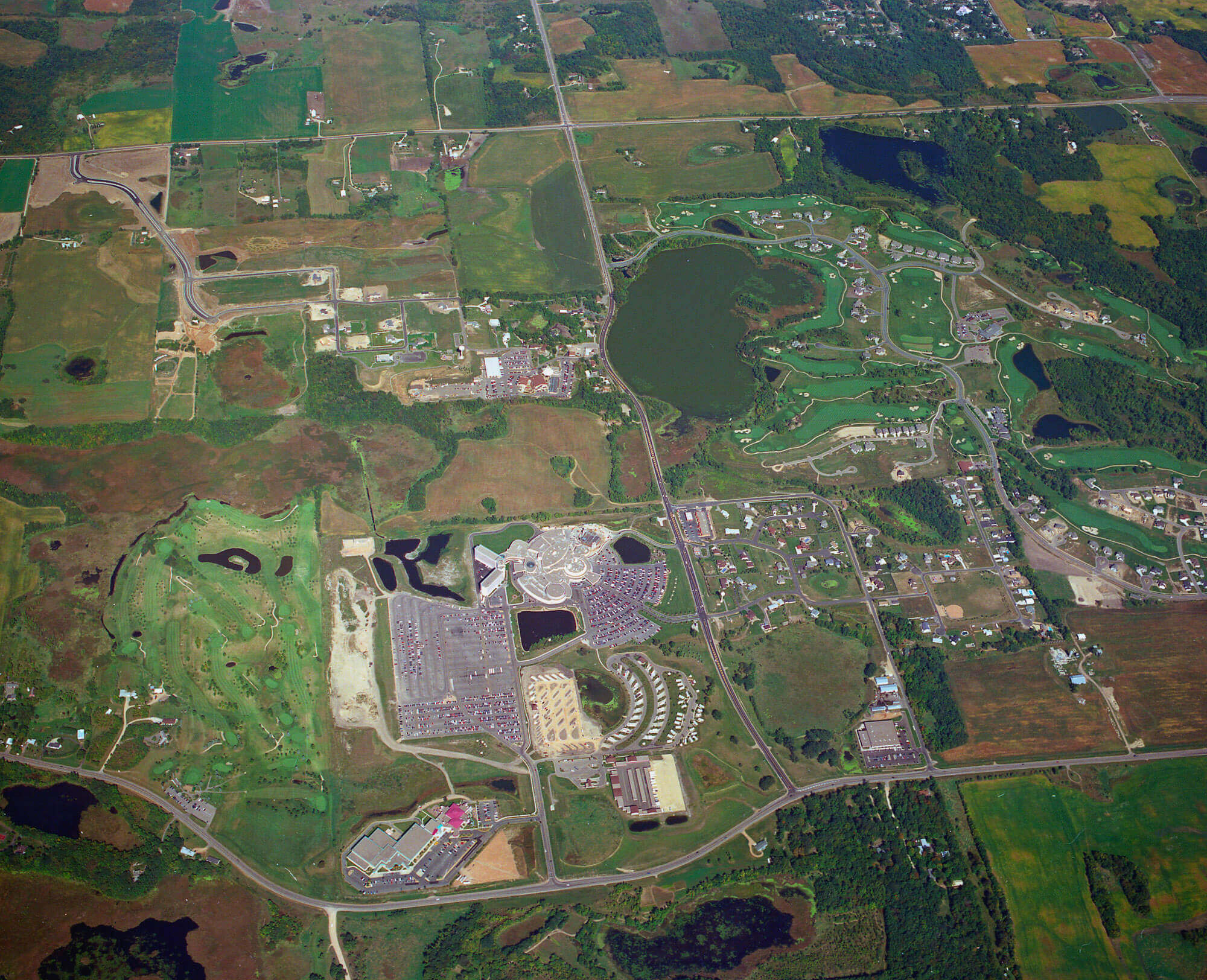
The city of Prior Lake redrew precinct boundaries, leaving out the reservation after deciding the 1972 annexation was illegal. Courts later overturned that action and declared the city had to provide voting rights and municipal services on an equal basis, even though they had no civil jurisdiction over the reservation.
Sovereignty
1989
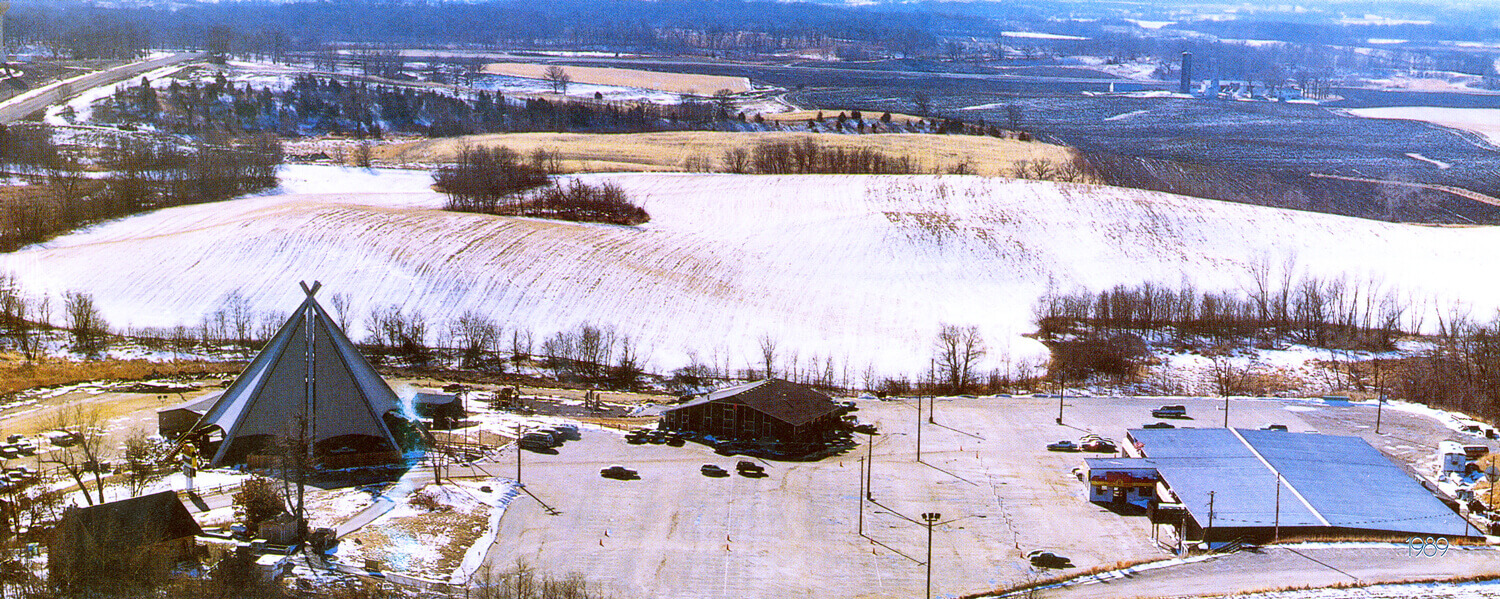
On December 4, 1989, a gaming compact between the SMSC and the State of Minnesota was approved by the Secretary of the Interior and published in the Federal Register on April 2, 1990.
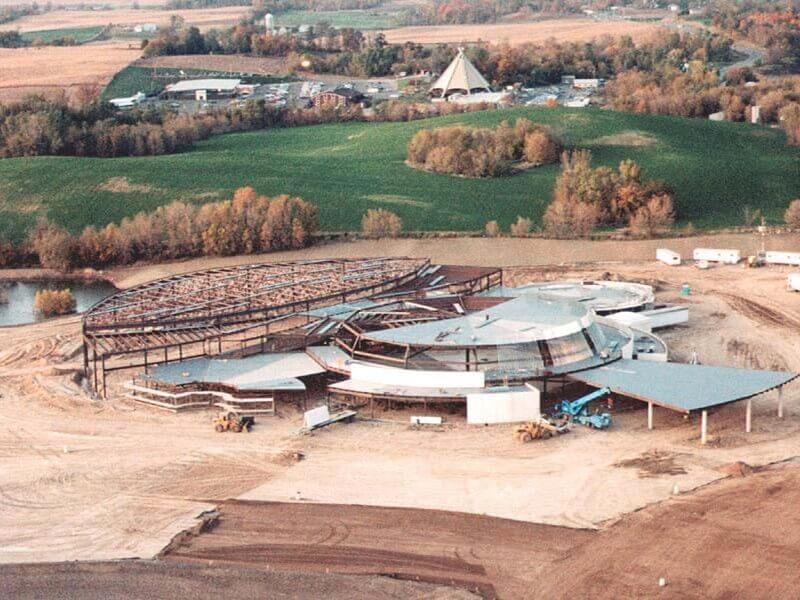
On September 25, 1991, a tribal-state compact was signed between the SMSC and the State of Minnesota, authorizing Class III gaming.
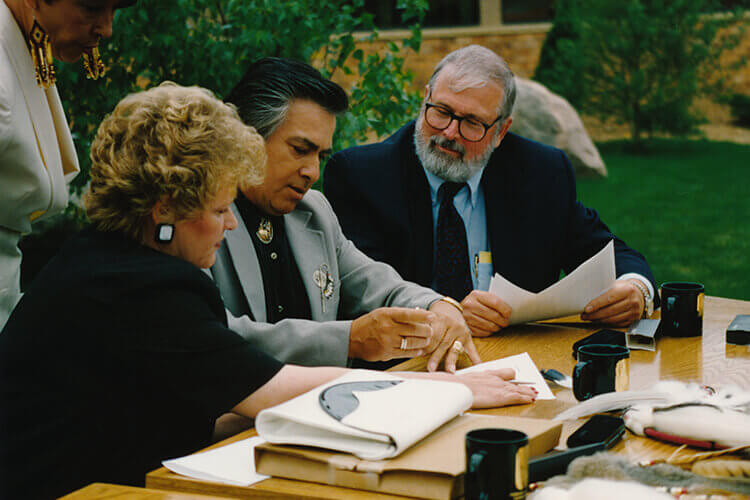
The SMSC enacts its Gaming Ordinance pursuant to the Indian Gaming Regulatory Act. The SMSC signed a historic agreement with Prior Lake for police and fire services. The SMSC opens a new Community Center.
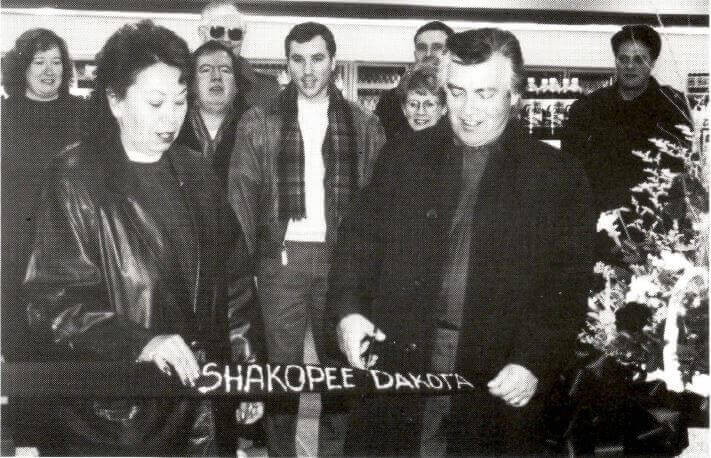
In April 1994, SMSC Chairman Stanley R. Crooks participated in the first-ever Presidential-Tribal Leaders Conference, held in Washington, D.C., under the Clinton Administration. The SMSC opened three new enterprises, Dakotah Meadows RV Park, Dakotah! Sport and Fitness, and Shakopee Dakota Convenience Store.
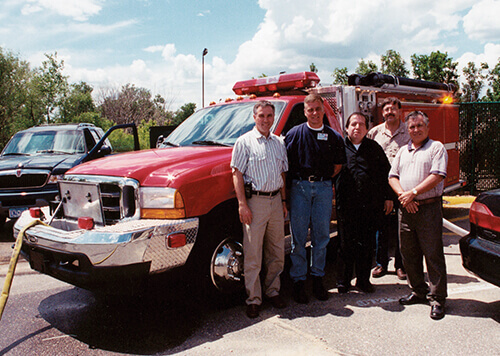
The SMSC, Minnesota DNR, Metropolitan Council, and various cities established the Southwest Metro Groundwater Group Memorandum of Understanding on Ground Water Policy, a multi-jurisdictional agreement to set goals, objectives, and policy guidelines for development, use, and protection of the groundwater resources. Mdewakanton Public Safety was created to provide fire/rescue and medical services for the Community. The SMSC purchased Lone Pines Golf Course. Renovations began the next year and it reopened in 2005 as The Meadows at Mystic Lake.
2006
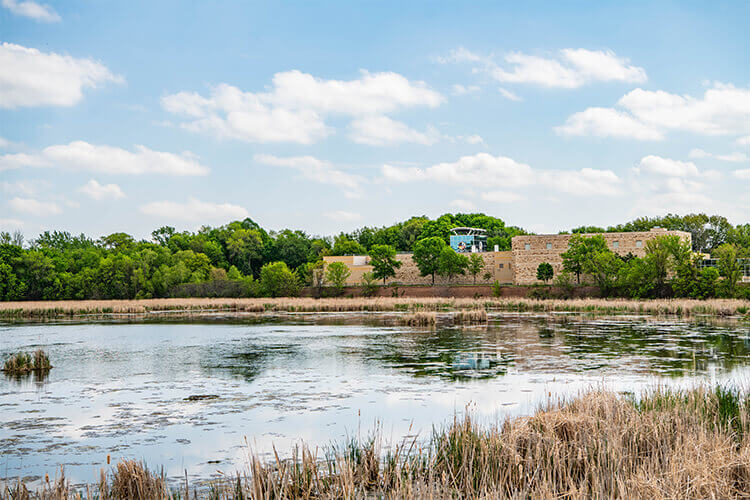
The SMSC’s water reclamation facility opened, utilizing European technology to treat wastewater for reuse as irrigation, which reduces energy costs and consumption.
Growth and Prosperity
2007
The SMSC opened a pharmacy and wellness center for Community Members and employees.
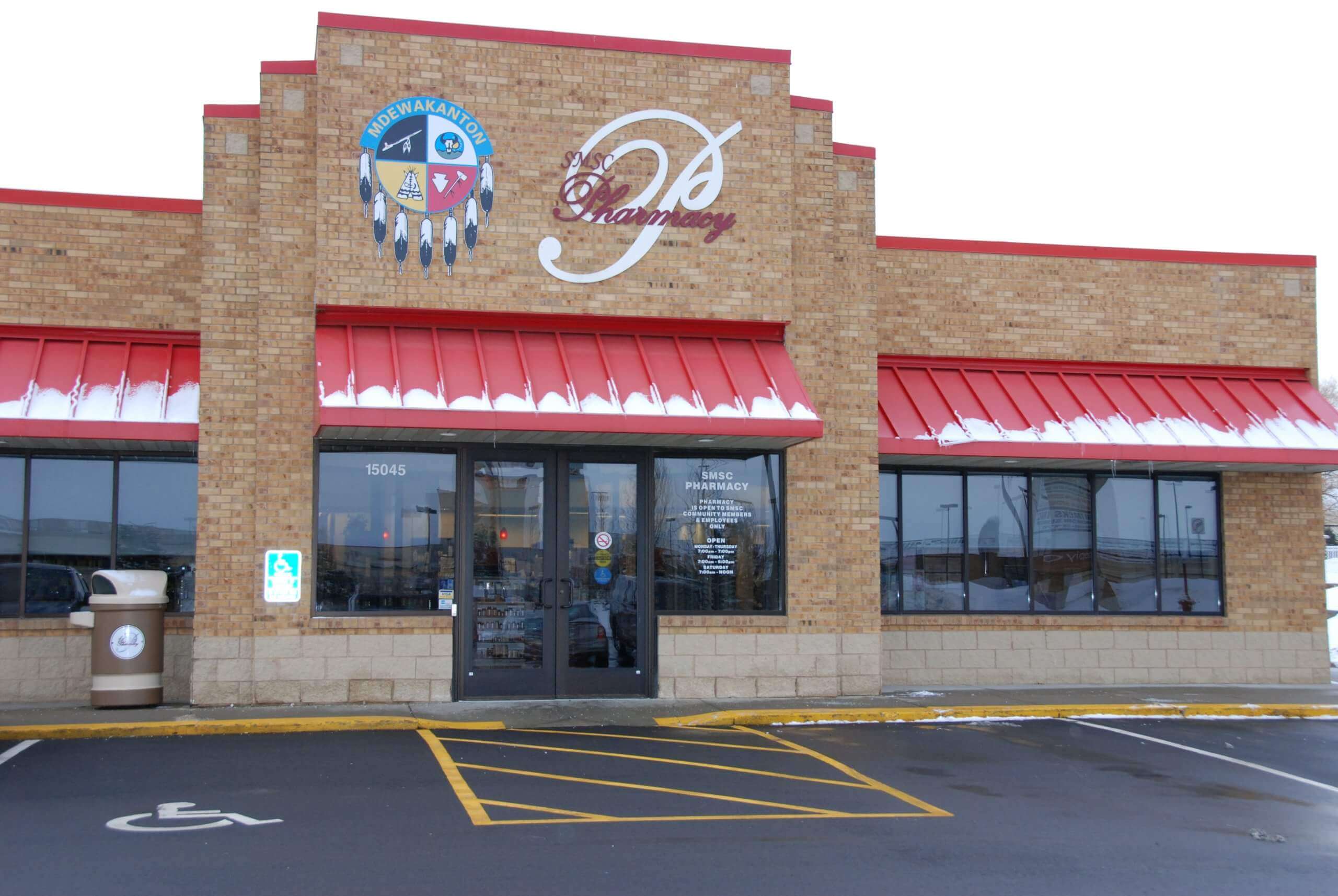
Shakopee Dakota Convenience Store #2 opens.
The SMSC opened its premier entertainment venue, the Mystic Showroom.
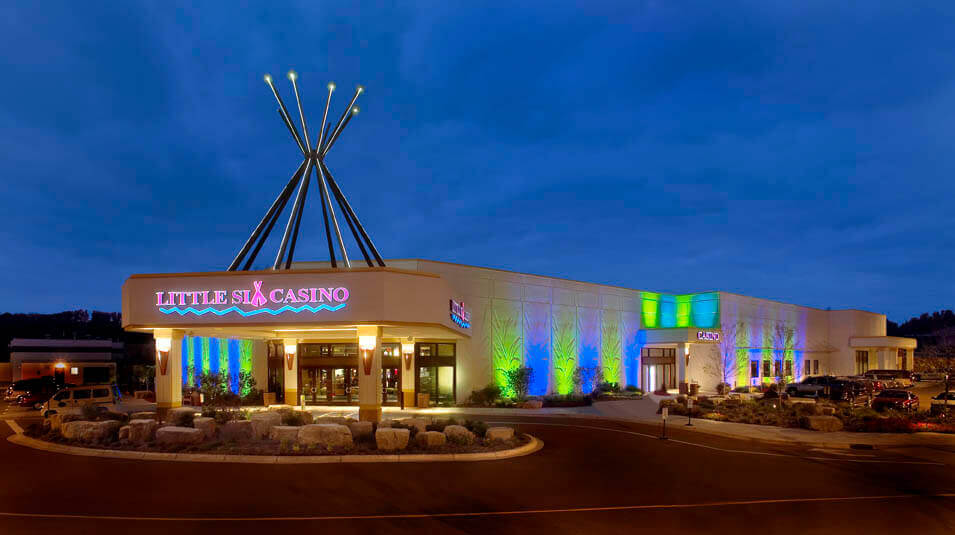
Little Six Casino reopened, moving back to its original site.
SMSC Water Bottling and a second ice arena at Dakotah! Sport and Fitness opened.
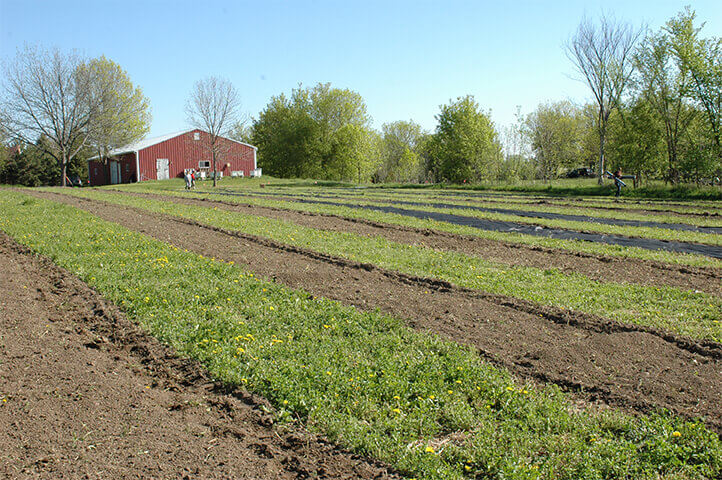
Wozupi Tribal Gardens, the tribe’s organic farm, began planting fruits and vegetables. The SMSC was honored with a Jefferson Award for Philanthropy. The Jefferson Awards were established in 1972 by Jacqueline Kennedy Onassis, U.S. Senator Robert Taft Jr., and Sam Beard as a “Nobel Prize” for public community service. The SMSC Organics Recycling Facility opens, further supporting the Dakota tradition of caring for the earth.
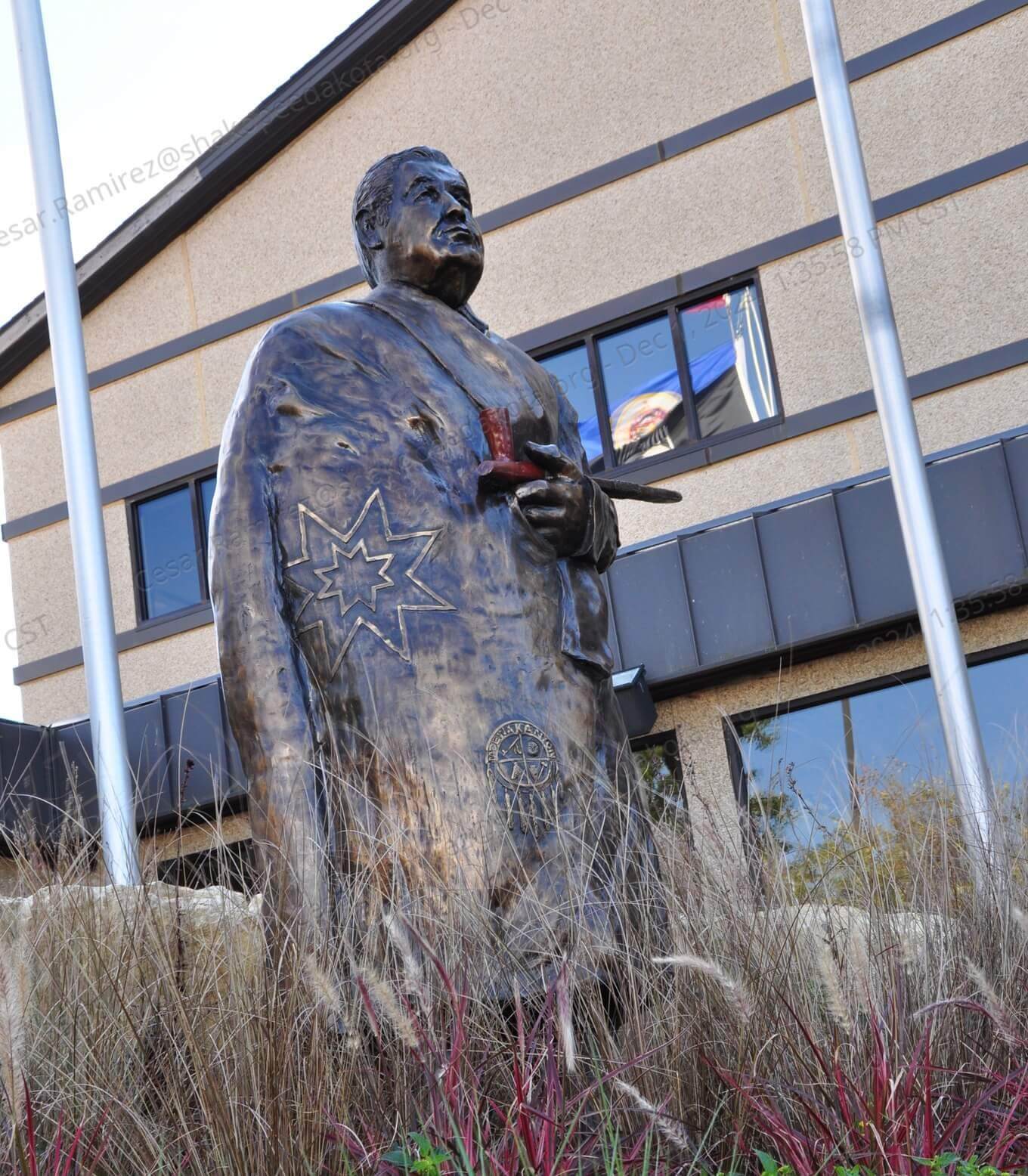
The SMSC dedicated a statue in front of the Community Center to honor the SMSC’s first chairman, Norman M. Crooks.
Construction began in June on a new intersection at county roads 42 and 17 in Shakopee with funding from the SMSC.
Mystic Lake Casino Hotel opened a new amphitheater.
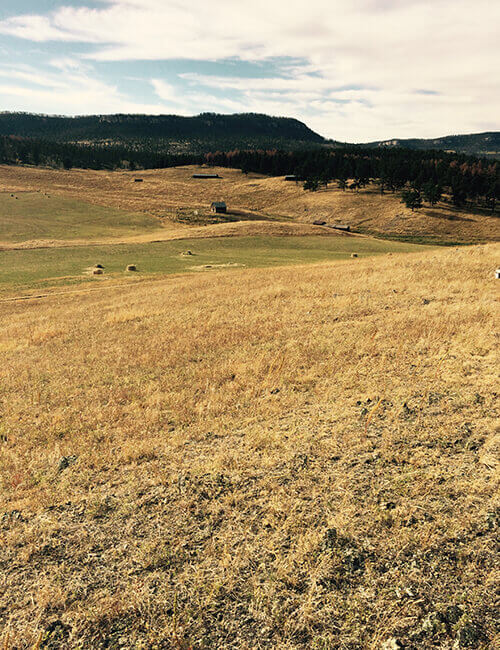
Four Dakota tribes, including the SMSC, purchased a 2,300-acre parcel in the Black Hills of South Dakota, known as Pe’ Sla.
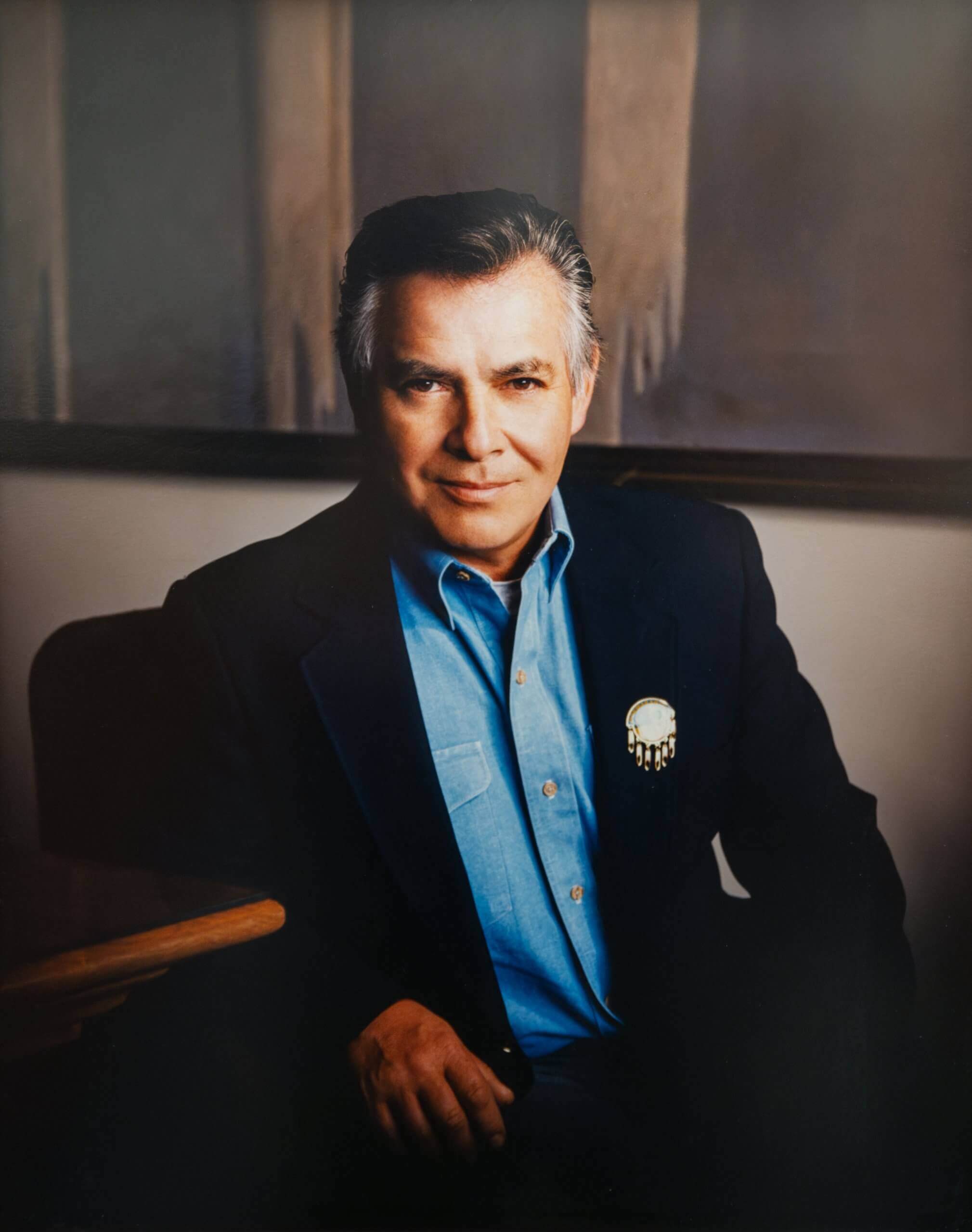
Longtime SMSC Chairman Stanley R. Crooks passes away while in office, during his sixth four-year term as Chairman.
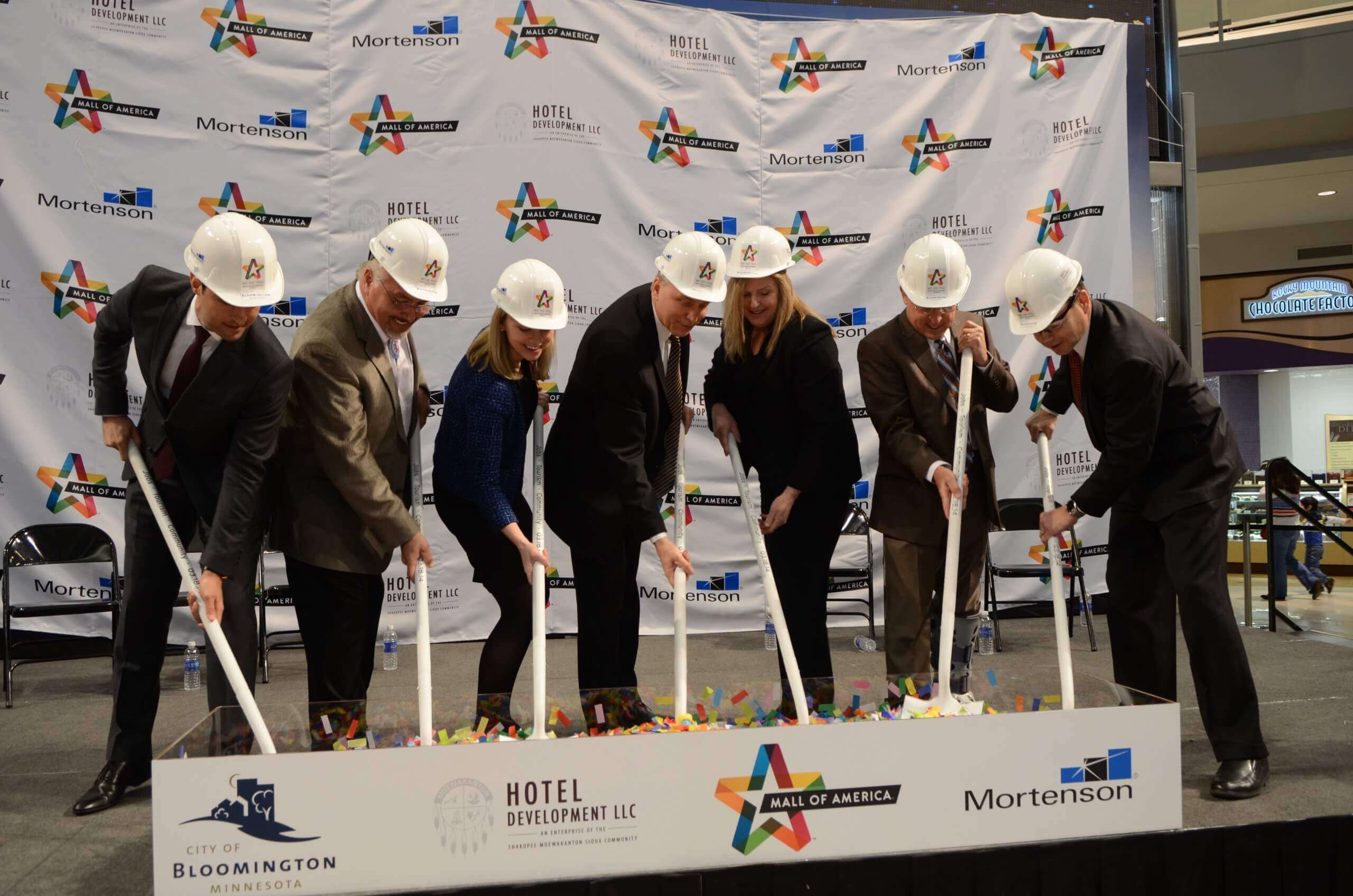
With the SMSC’s investment, construction began on the JW Marriott Minneapolis Mall of America.The SMSC and Prior Lake entered into a water purchase agreement, offering the city access to a new water supply and expanding the North Water Treatment Facility.
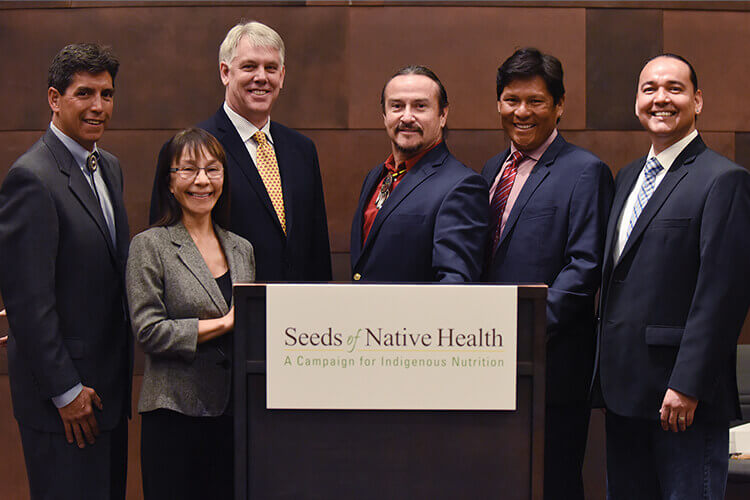
The SMSC provided a $5 million contribution and launched Seeds of Native Health in March 2015 to improve the nutrition in Native American communities across the country.

Funded by the SMSC, Voices of Our Ancestors launched across five tribal communities in the Midwest in an effort to preserve the Dakota language.
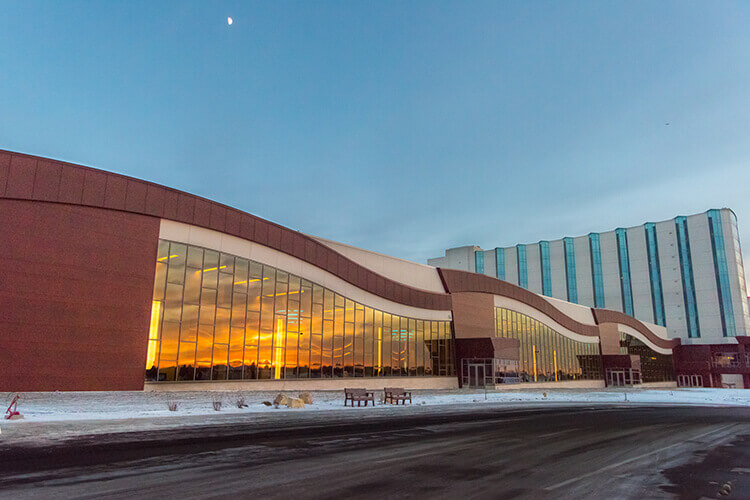
Mystic Lake Center opened, featuring a new nine-story hotel tower and a 70,000-square-foot meeting and event center. The Native Farm Bill Coalition—a joint project of the SMSC’s Seeds of Native Health campaign—worked diligently to advocate for the 2018 Farm Bill and advance Indian Country’s interests to improve Native American nutrition.
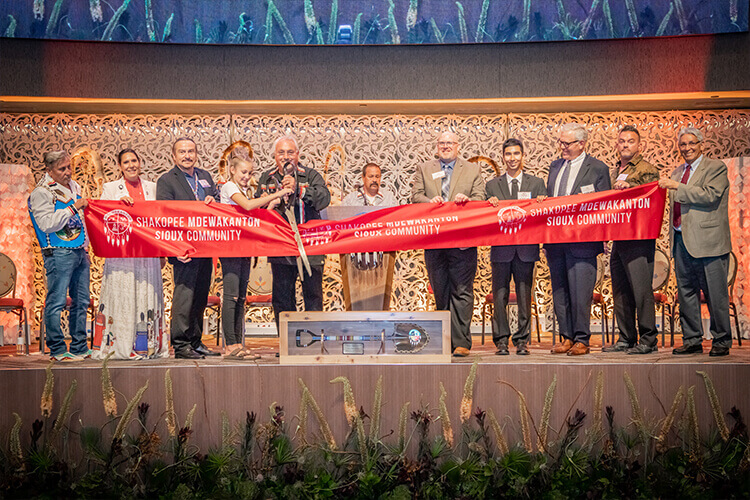
Hoċokata Ṫi, the SMSC’s cultural center, celebrated its grand opening, providing Community Members with a permanent gathering space to meet, teach, celebrate, and preserve all things Dakota. The SMSC and city of Prior Lake celebrated the opening of their joint South Area Water Treatment Plant. The SMSC launched Understand Native Minnesota, a five-year strategic initiative and philanthropic campaign to improve the Native American narrative in Minnesota schools.
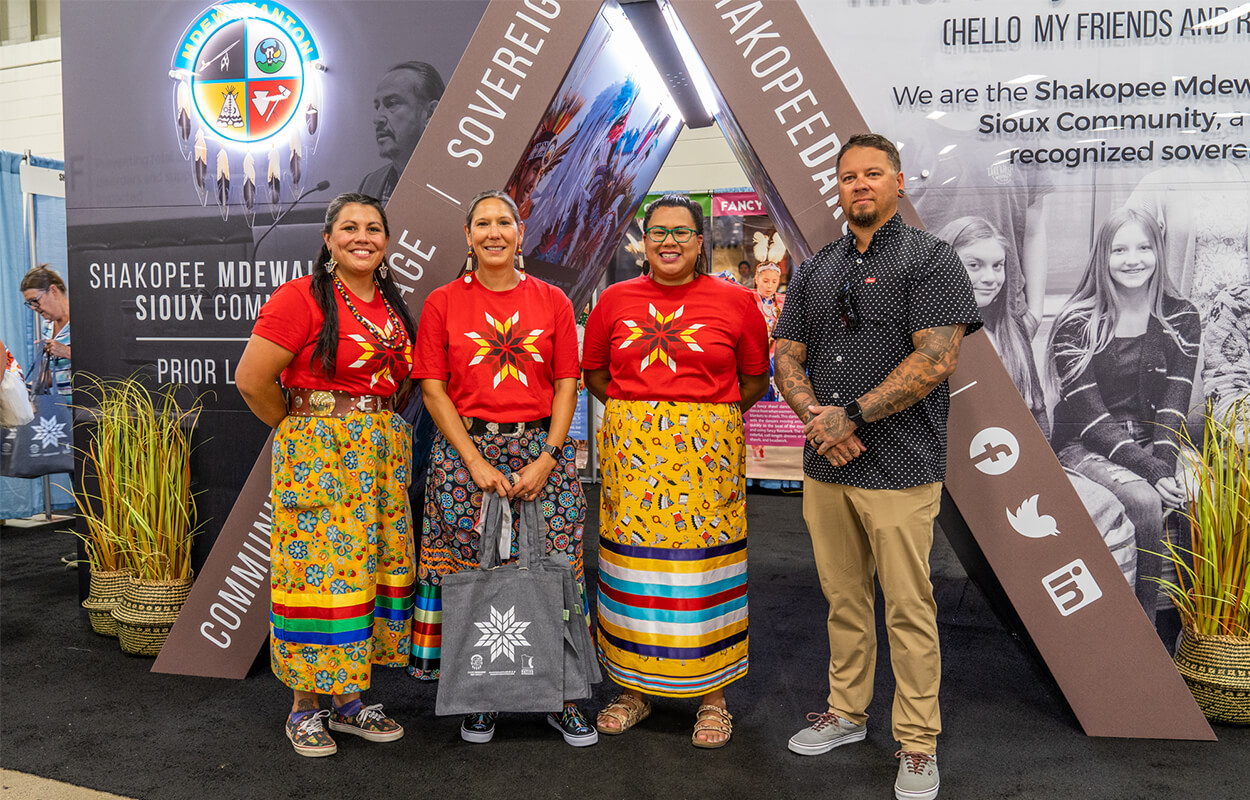
The SMSC was the first tribal government to have an exhibit at the Minnesota State Fair.
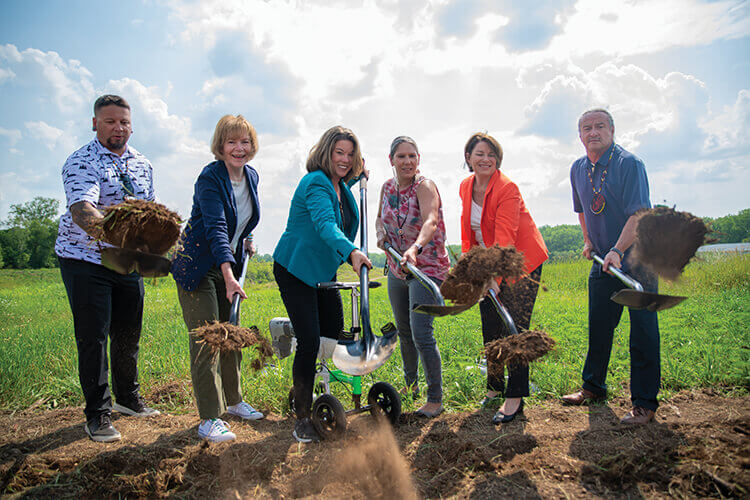
The SMSC broke ground on the new location of the SMSC Organics Recycling Facility. The new facility operates under the name Dakota Prairie Composting. The SMSC reintroduced a pteoptaye (bison herd), a gift from the Sisseton Wahpeton Oyate. Their presence helps promote cultural revitalization and maintain the restored prairie ecosystem.
2024
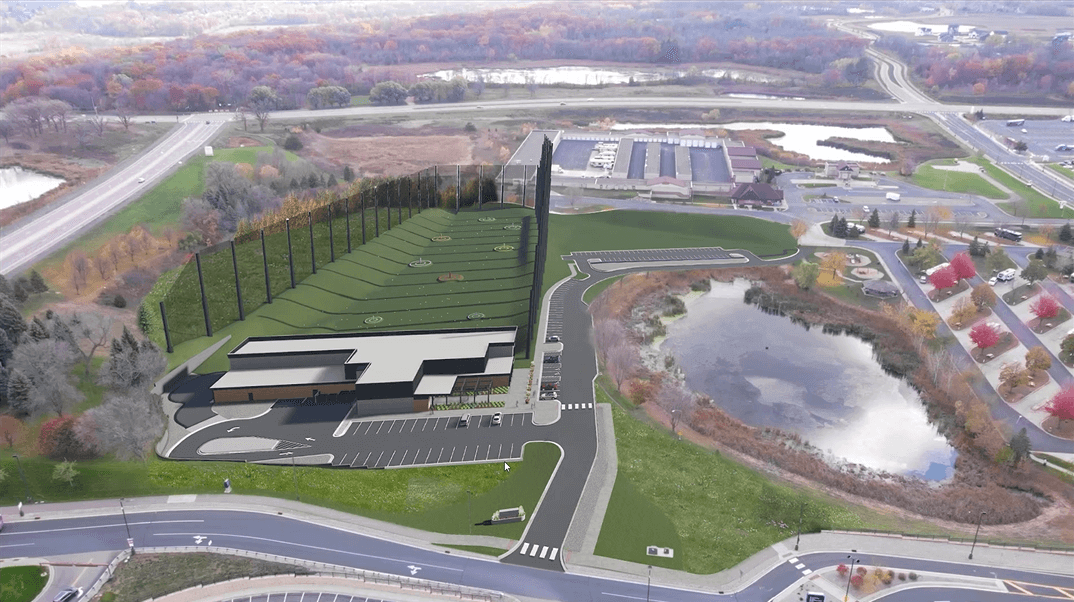
The SMSC broke ground on LaunchPad Golf The Meadows, a state-of-the-art golf entertainment venue adjacent to Mystic Lake Casino Hotel.
Our History
Indigenous people have lived in what is now Minnesota for around 13,000 years. Our Dakota history reflects the stars above us and the waters, plants/lands, and animals that shape our home in what is now called Minnesota. We are still here and continue to live our traditional Dakota lifeways that will be passed through future generations.
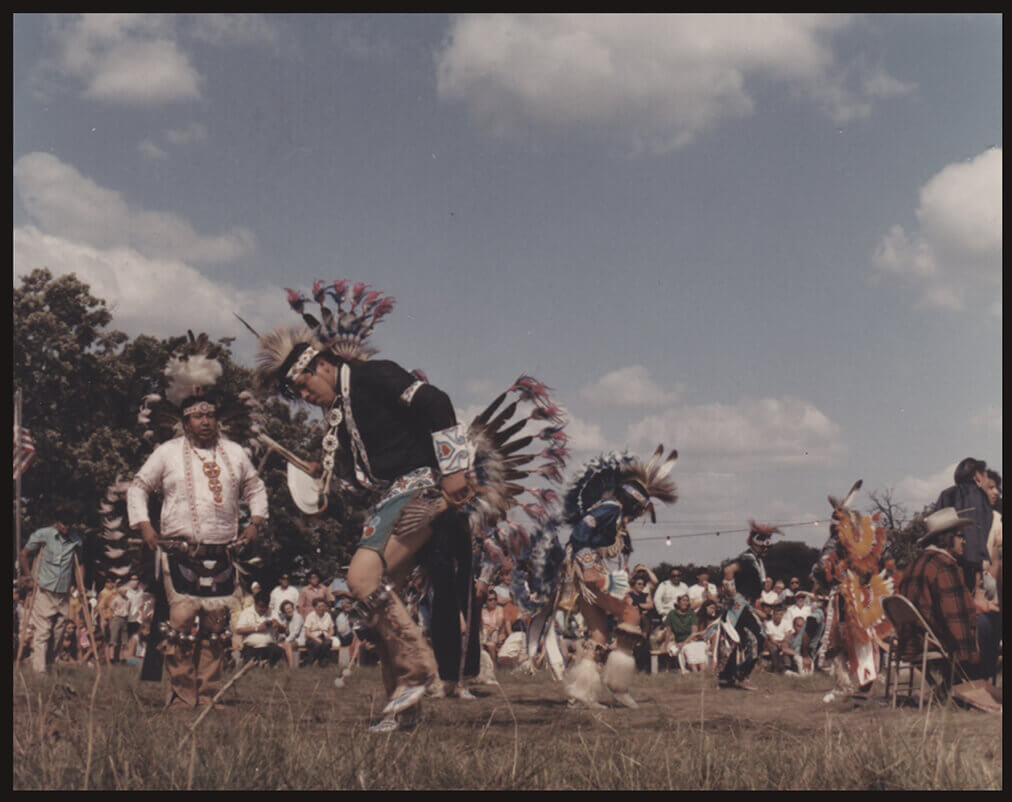
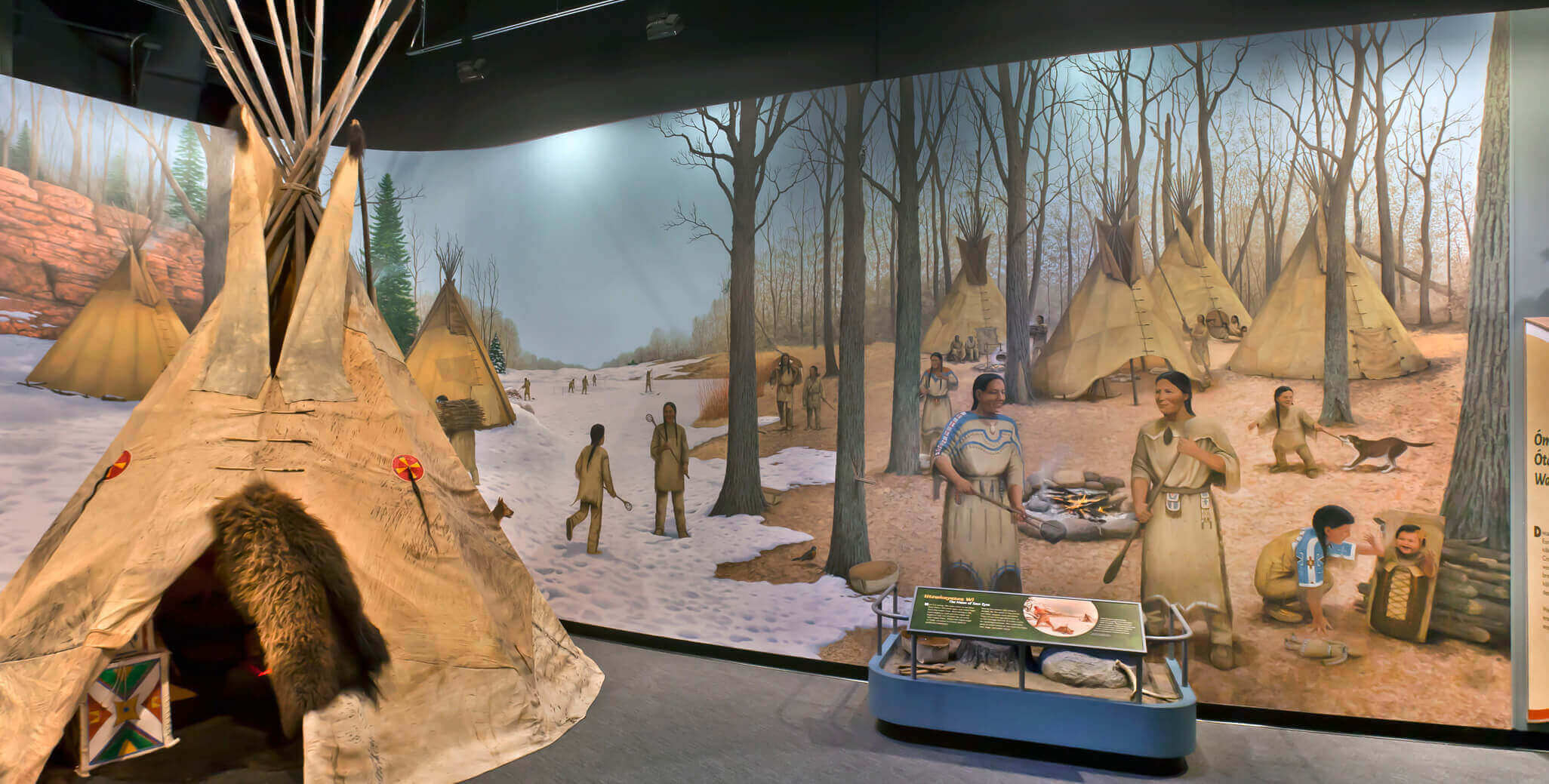
Dakota History at Hoċokata Ṫi
Learn more about the history of the Mdewakanton Dakota people by visiting Hoċokata Ṫi, the SMSC’s public exhibit and cultural center. Visitors learn the story of the tribe through interactive elements that depict the history of the Mdewakanton Dakota people, from existence before European settlers through the journey to self-sufficiency.
LEARN MORE
Get the latest updates from the SMSC
Stay informed about current events, initiatives, and community activities by exploring the latest stories and press releases on our newsroom.
